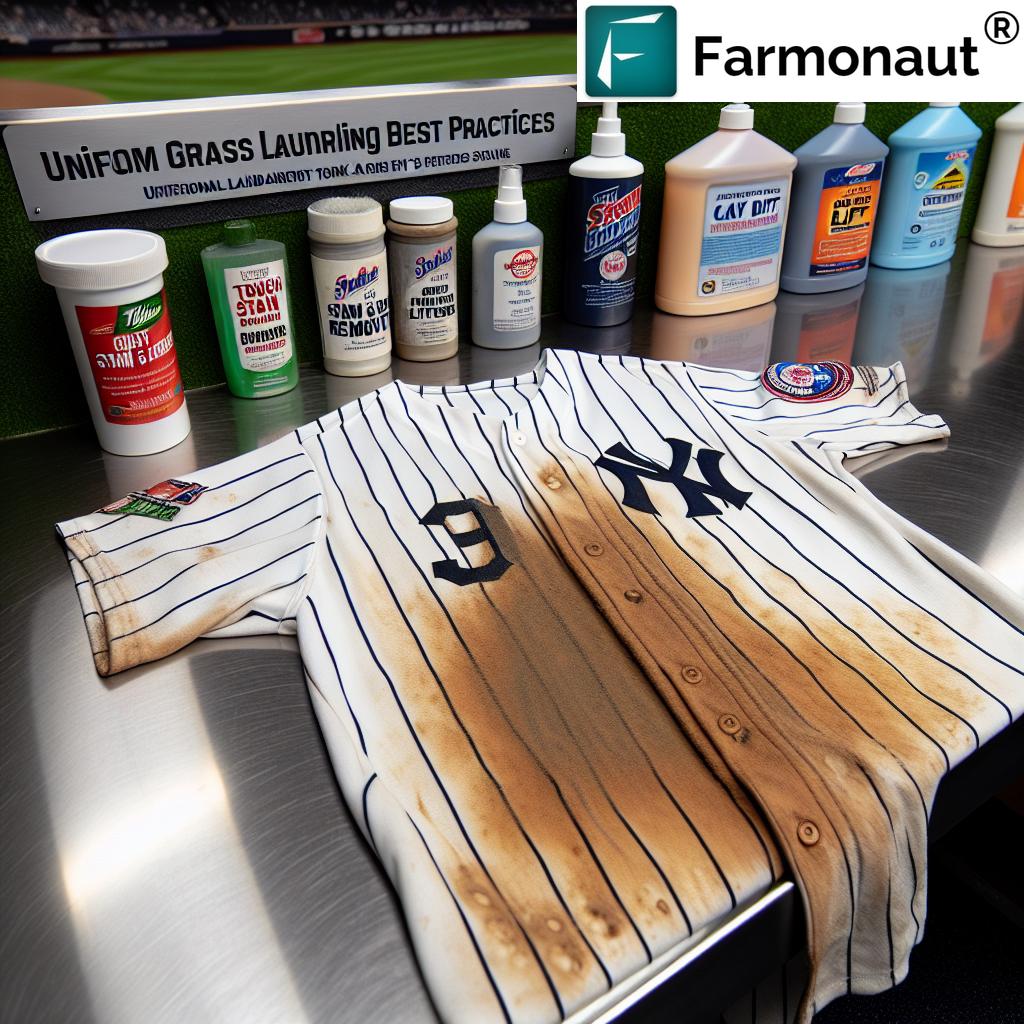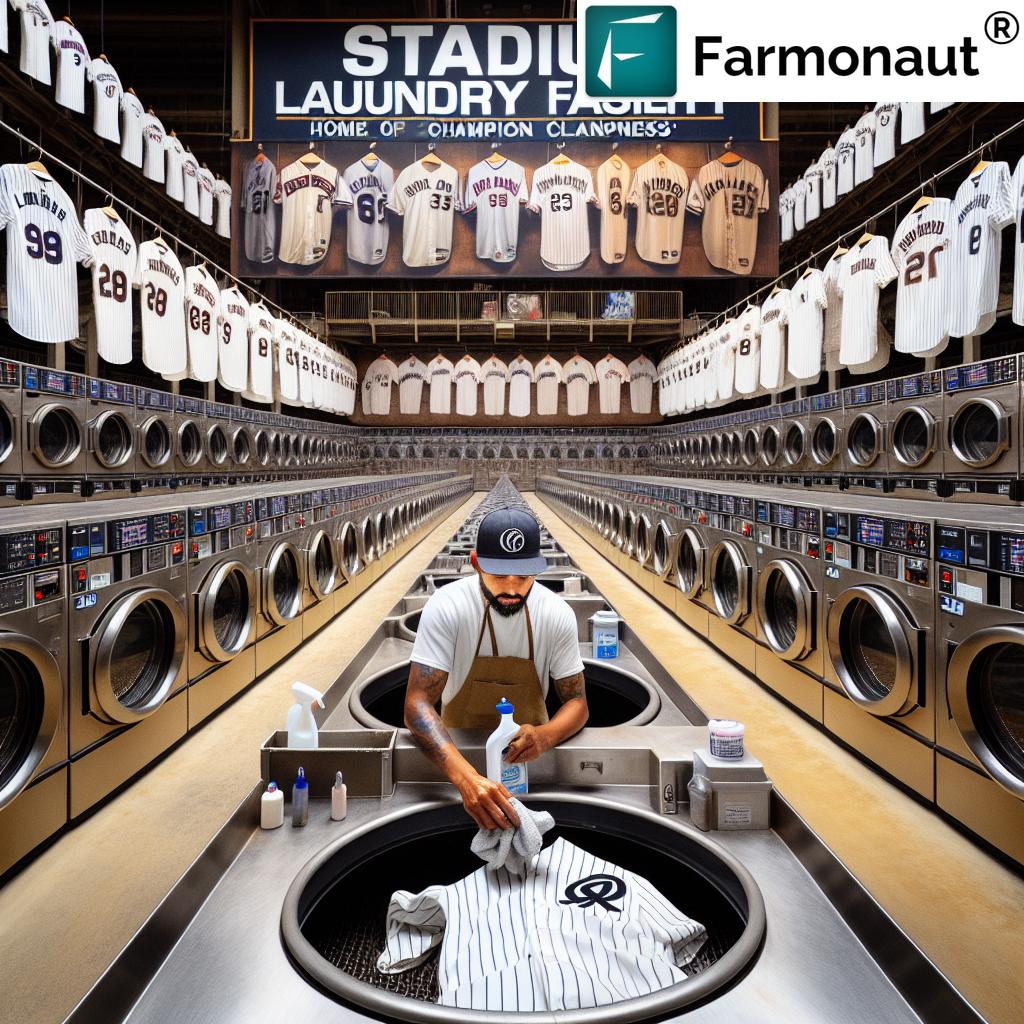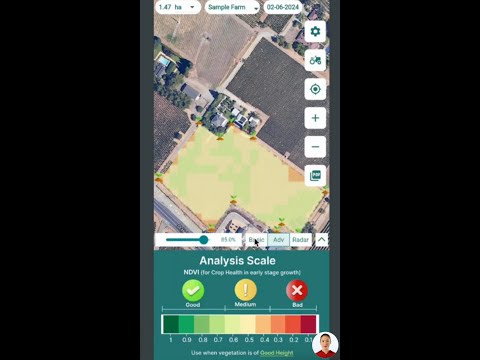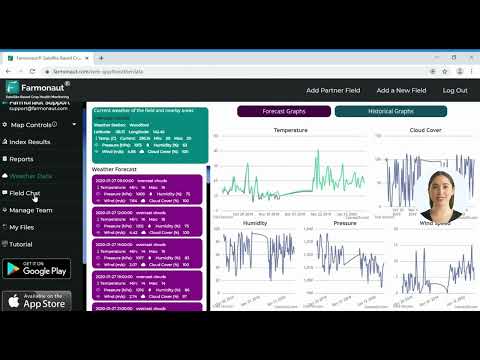10 Pro Tips for Cleaning Baseball Uniforms: From New York to Los Angeles

Welcome to our comprehensive guide on baseball uniform cleaning tips! Whether you’re managing a major league clubhouse in New York or maintaining your little league team’s gear in Los Angeles, we’ve got you covered. In this article, we’ll explore professional laundry techniques for athletic wear and share insider secrets from stadium laundry facilities across the country.
“Major league clubhouses process over 1,000 pounds of uniforms per game, requiring specialized laundry techniques.”
From removing stubborn grass stains to tackling dirt-caked jerseys, we’ll uncover the best practices used by experts in major league clubhouse operations. So, let’s dive into the world of uniform laundering and discover how to keep your sports gear looking pristine, just like the pros!
1. Pre-Game Preparation: Setting the Stage for Success
Before we jump into the specific cleaning techniques, it’s crucial to understand the importance of pre-game preparation. Just as players warm up before a game, proper preparation is key to successful uniform cleaning.
- Sort uniforms by color and fabric type
- Check for any special care instructions on labels
- Identify problem areas that may require extra attention
By taking these steps, we set ourselves up for a more efficient and effective cleaning process. Now, let’s move on to our first pro tip!
2. Tackle Dirt Head-On: The Chicago White Sox Approach
Rob Warren, clubhouse manager for the Chicago White Sox, shares his insights on dealing with the toughest opponent in uniform cleaning: dirt.
Pro Tip: Dirt on uniforms is more challenging to remove than grass stains. Patience is key when dealing with heavily soiled garments.
Warren advises, “We’ll throw it in, and then usually check it again. We’ll run it through once and then after that first load is when we kind of do the scrubbing and spraying.”
For home laundering, we recommend:
- Brush off excess dirt before washing
- Use a pre-treatment spray designed for heavy soil
- Allow the pre-treatment to sit for at least 15 minutes
- Wash in the hottest water safe for the fabric
Remember, sometimes multiple washes may be necessary for extremely dirty uniforms. Don’t be discouraged if the first wash doesn’t completely remove all stains.
3. The Power of Soaking: Lessons from the Cleveland Guardians
Sam Hindes, home clubhouse supervisor for the Cleveland Guardians, emphasizes the importance of soaking when it comes to stubborn stains.
Pro Tip: For tough stains, soak uniforms overnight in a mixture of detergent and specialized cleaning products.
Hindes reveals, “Then a big thing that works is a lot of people don’t know that pressure, like not necessarily a pressure washer, but the higher the pressure on the water, the better it gets stains out.”
For at-home application:
- Fill a basin with warm water and a strong detergent solution
- Submerge heavily stained areas and let soak for several hours or overnight
- Use a high-pressure setting on your shower head or garden hose to rinse
- Follow up with a regular wash cycle
This technique is particularly effective for uniforms worn by players like José Ramírez, known for their intense, dirt-covered play style.
4. The Art of Pre-treating: New York Yankees’ Secrets
Lou Cucuzza Jr., director of clubhouse operations for the New York Yankees, shares his expertise on the crucial pre-treating process.
Pro Tip: Allow pre-treatment solutions to sit and work their magic before washing.
Cucuzza explains, “If you’ve got something dirty and you’re pretreating it, don’t throw it right into the machine because that pretreat’s just going to get washed away. You want that pretreat really to soak up that stain and separate the fibers of the uniform or apparel.”
For effective pre-treating at home:
- Apply a generous amount of stain remover to problem areas
- Gently work the solution into the fabric with a soft brush
- Let it sit for at least 30 minutes before washing
- For extremely stubborn stains, consider leaving the pre-treatment overnight
This technique is especially useful for dealing with different types of clay from various ballparks, which can present unique cleaning challenges.
5. Choosing the Right Chemicals: Philadelphia Phillies’ Approach
Sean Bowers, home clubhouse assistant for the Philadelphia Phillies, emphasizes the importance of using the right cleaning solutions.
Pro Tip: Different stains require different chemical treatments for optimal removal.
Bowers recommends, “Goof Off for pine tar stains and detergents with protein release for dirt-related issues.”
While some professional-grade chemicals may not be available for home use, here are some alternatives:
- For grass stains: Enzyme-based cleaners or a mixture of vinegar and baking soda
- For clay and dirt: Oxygen-based bleach (safe for colors)
- For sweat stains: A paste made from equal parts water, baking soda, and hydrogen peroxide
Always test any new cleaning solution on a small, inconspicuous area first to ensure it won’t damage the fabric.
“Professional baseball teams use up to 200 different detergent formulations annually to tackle various uniform stains effectively.”
6. The Triple Threat: Pittsburgh Pirates’ Persistence
Kiere Bulls, home clubhouse manager for the Pittsburgh Pirates, shares his strategy for dealing with extremely soiled uniforms.
Pro Tip: Don’t be afraid to wash heavily soiled uniforms multiple times.
Bulls advises, “There’s a lot of times that if a player’s real, real bad that it may have to get washed three times just to get the stains out.”
For stubborn stains at home:
- Pre-treat and wash as normal
- If stains persist, repeat the process with a stronger pre-treatment
- Consider soaking between washes for extra tough stains
- Always air dry between washes to avoid setting any remaining stains
Remember, persistence is key when dealing with particularly difficult stains. Don’t give up after just one wash!
7. Trial and Error: San Francisco Giants’ Approach
Riley Halpin, clubhouse attendant for the San Francisco Giants, emphasizes the importance of experimentation in finding the best cleaning methods.
Pro Tip: Don’t be afraid to try different products and techniques to find what works best for your specific stains and fabrics.
Halpin suggests, “Find out what the top kind of brands people are using at the Walmarts and stuff like that. And go with it.”
For home experimentation:
- Keep a log of which products work best for different types of stains
- Try combining different pre-treatments for tough stains
- Adjust water temperature and wash cycle settings to see what’s most effective
- Consider natural alternatives like lemon juice or white vinegar for certain stains
Remember, what works for one type of uniform or stain may not work for another. Be open to adjusting your approach as needed.
8. Timing is Everything: Post-Game Laundry Rush
Across all major league clubhouses, there’s a common thread: the importance of starting the laundry process as soon as possible after a game.
Pro Tip: The quicker you address stains, the easier they are to remove.
As Rob Warren of the Chicago White Sox notes, “We’ll get the first load started within 15, 20 minutes after the end of a game. Basically as soon as we have enough to start a load, we’ll start a load.”
For home application:
- Encourage players to turn in uniforms immediately after games
- Keep a bucket of pre-soak solution ready for immediate stain treatment
- Sort and start loads as soon as you have enough for a full wash
- Consider using a laundry service for large teams or during tournaments
Quick action can make a significant difference in the effectiveness of your cleaning efforts.
9. Specialized Treatments: Dealing with Unique Challenges
Different ballparks and playing conditions present unique cleaning challenges. From the red clay in Baltimore to the painted lines on the field, each situation requires a specialized approach.
Pro Tip: Develop a toolkit of specialized cleaning solutions for different types of stains.
For dealing with various stains at home:
- Clay: Use a soft brush to remove excess clay before washing. A paste of baking soda and water can help lift stubborn clay stains.
- Paint: For fresh paint stains, blot with rubbing alcohol. For dried paint, try a commercial paint remover designed for fabrics.
- Grass: A mixture of equal parts white vinegar and water can be effective. For stubborn stains, try an enzyme-based cleaner.
- Pine tar: Apply a generous amount of pine tar remover or mineral spirits, then wash as usual.
Always test any specialized treatment on a small, hidden area of the uniform first to ensure it won’t damage the fabric.
10. Proper Drying Techniques: Preserving Uniform Quality
The drying process is just as crucial as washing when it comes to maintaining the quality and appearance of baseball uniforms.
Pro Tip: Air drying is often the best method for preserving uniform quality and preventing shrinkage.
As Kiere Bulls of the Pittsburgh Pirates notes, “The uniforms are hung dry. … They don’t go in the dryer. They just get washed and hung right outside the lockers.”
For optimal drying at home:
- Hang uniforms on sturdy hangers, preferably in a well-ventilated area
- Avoid direct sunlight, which can fade colors
- For quicker drying, use a fan to circulate air around the hanging uniforms
- If using a dryer is necessary, use the lowest heat setting and remove promptly to prevent wrinkles
Proper drying techniques not only preserve the uniform’s appearance but also extend its lifespan.
Comparison: Stadium vs. Home Laundry Techniques
| Aspect | Stadium Laundry Facility | Home Laundry Room |
|---|---|---|
| Detergent Type | Professional-grade, often custom formulations | Consumer-grade, enzyme-boosted detergents |
| Pre-treatment Method | Specialized stain removers, industrial-strength solutions | Commercial pre-treatment sprays, homemade solutions (e.g., vinegar, baking soda) |
| Washing Temperature | 140°F water temperature | Warm water setting (105°F-120°F) |
| Drying Technique | Industrial hanging systems, climate-controlled rooms | Hang dry on sturdy hangers, fan-assisted air drying |
| Stain Removal Approach | Multi-step process, specialized equipment (e.g., ozone chambers) | Targeted spot treatment, multiple washes if needed |
Conclusion: Mastering the Art of Uniform Care
From the bustling clubhouses of New York to the sun-soaked fields of Los Angeles, maintaining clean and pristine baseball uniforms is both an art and a science. By incorporating these pro tips into your laundry routine, you’ll be well-equipped to tackle even the toughest stains and keep your team looking sharp on the field.
Remember, patience and persistence are key. Don’t be discouraged if you don’t achieve perfect results on the first try. With practice and experimentation, you’ll develop a winning strategy for uniform care that rivals the pros.
Now, armed with these expert insights, you’re ready to step up to the plate and knock those stubborn stains out of the park!
FAQ: Baseball Uniform Cleaning
Q: How often should baseball uniforms be washed?
A: Ideally, uniforms should be washed after every game or practice to prevent stains from setting and to maintain hygiene.
Q: Can I use bleach on white baseball uniforms?
A: It’s best to avoid chlorine bleach as it can weaken fibers over time. Instead, use oxygen-based bleach or color-safe brighteners.
Q: How can I remove grass stains from baseball pants?
A: Pre-treat with an enzyme-based cleaner, then wash in the hottest water safe for the fabric. For stubborn stains, a mixture of vinegar and baking soda can be effective.
Q: What’s the best way to remove red clay stains?
A: Brush off excess clay, pre-treat with a stain remover, and soak in cold water before washing. Multiple treatments may be necessary for tough stains.
Q: How can I prevent uniform shrinkage?
A: Always check care labels and wash in cold or warm water. Air drying is preferable to machine drying to prevent shrinkage and maintain shape.
By following these tips and techniques, you’ll be well on your way to maintaining professional-quality uniforms for your team, whether you’re managing a major league clubhouse or caring for your local little league team’s gear.

While we’ve focused on baseball uniform care in this article, it’s worth noting that proper maintenance and management extend beyond just laundry in many industries. For instance, in agriculture, precision farming techniques and advanced monitoring systems play a crucial role in optimizing crop health and yield.
Speaking of advanced monitoring systems, have you heard about Farmonaut? Farmonaut is a pioneering agricultural technology company that offers advanced, satellite-based farm management solutions. Their platform provides valuable services such as real-time crop health monitoring, AI-based advisory systems, and resource management tools.
If you’re interested in learning more about how technology is revolutionizing agriculture, much like how it has transformed uniform care in professional sports, check out Farmonaut’s offerings:
For developers interested in integrating agricultural data into their own systems, Farmonaut also offers an API with comprehensive developer documentation.
Earn With Farmonaut: Affiliate Program
Earn 20% recurring commission with Farmonaut’s affiliate program by sharing your promo code and helping farmers save 10%. Onboard 10 Elite farmers monthly to earn a minimum of $148,000 annually—start now and grow your income!
Whether you’re managing a baseball team or a farm, the key to success lies in attention to detail, leveraging the right tools, and staying informed about the latest technologies and techniques in your field. Keep learning, keep experimenting, and you’ll be sure to hit a home run in whatever you do!







